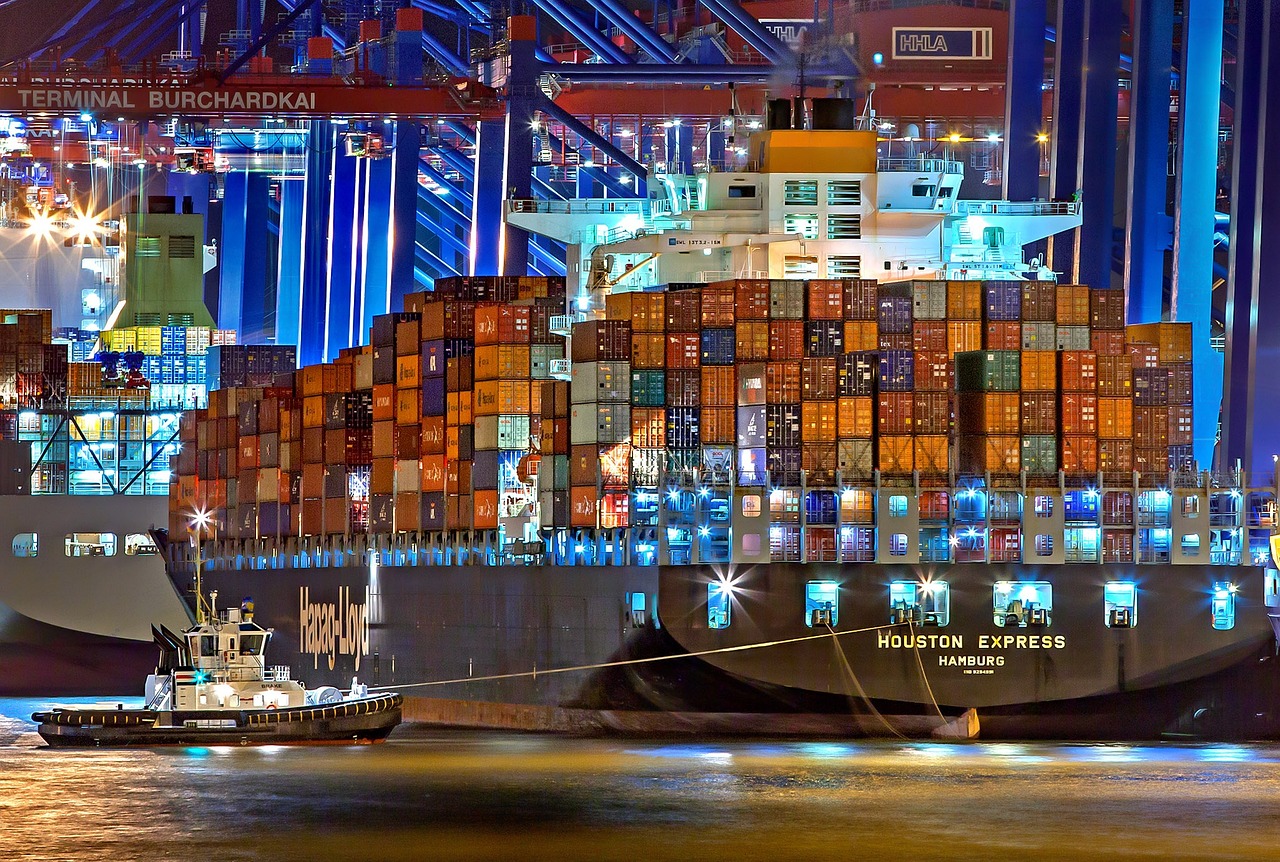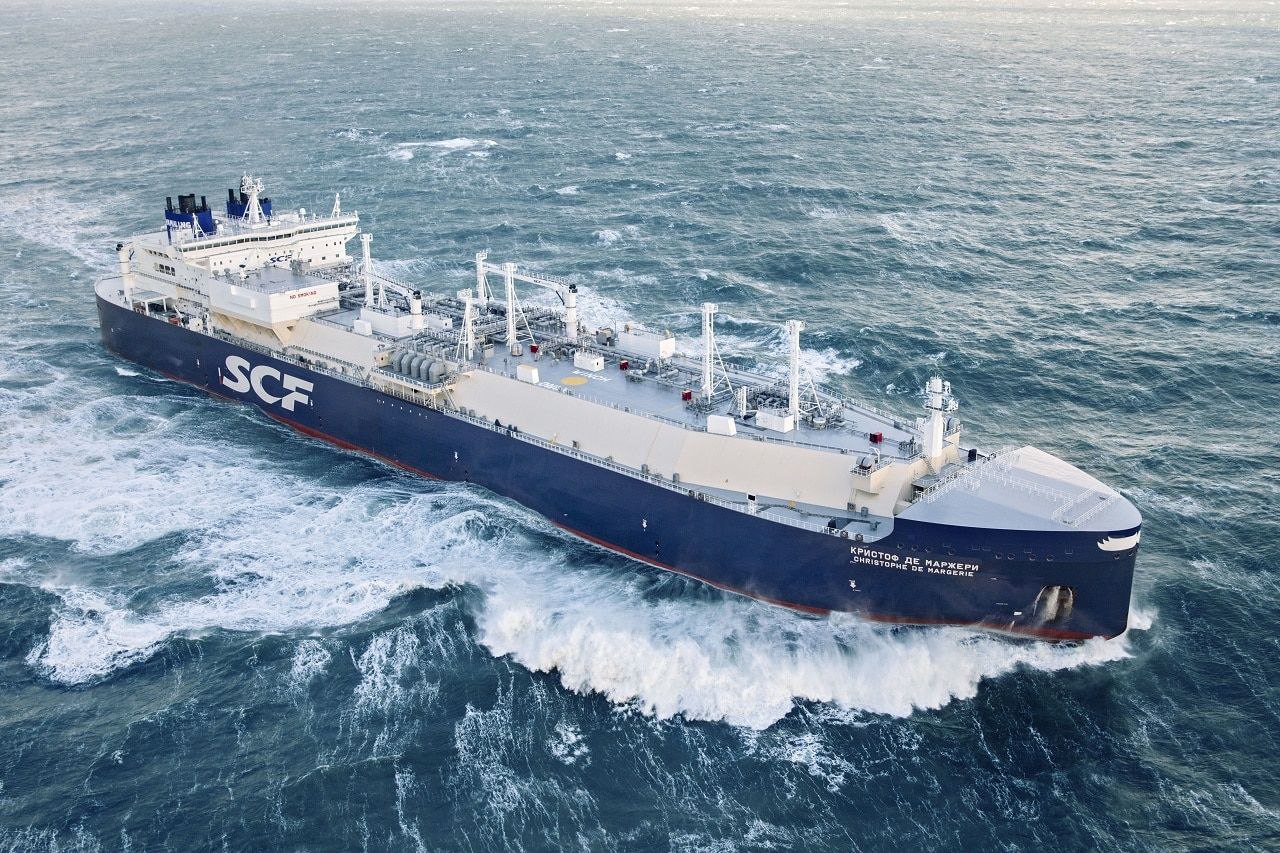A NATIONAL coordinated approach” is required to fully develop the cruise economy, according to CLIA managing director in Australasia Joel Katz.
Speaking with Daily Cargo News, Mr Katz said “a united determination” involving all levels of government and industry was required to make Australia more competitive and attractive for cruise tourism.
“We need action to improve the operating environment, and we need to address rising costs that deter ships from our shores, ensuring that Australasia remains an attractive and competitive destination for cruise tourism”.
CLIA’s Cruise Month aims to highlight cruise holidays ahead of a busy summer sailing season.
“Internationally, cruise passenger figures reached new records last year – 34.6 million people took an ocean cruise in 2024, which was 9.3% more than the previous year’s record,” Mr Katz told DCN.
Further growth is expected this year, he said, with CLIA forecasting another 37.7 million annual passengers by the end of 2025 and 41.9 million annual passengers by the end of 2028.
Mr Katz described this as “spectacular strength” from an industry that carried as few as 10 million passengers a year in the early 2000s.
Looking to our own region, he said the number of Australian cruisers grew decisively last year to more than 1.3 million, an increase of almost six percent.
“That’s one of our best-ever years in this region. Over the coming summer we will host a total of 63 cruise ships in Australian waters between October and April,” Mr Katz said.
This amounts to hundreds of thousands of passengers to every coastal state and territory, including around 250,000 international visitors.
“We are still one of the most passionate and committed cruise regions in the world. And we are still head-and-shoulders above where we were only a decade ago, when Australian passenger numbers first nudged through the one-million barrier,” Mr Katz said.
“Importantly, the opportunities in this market remain very strong. The intention to cruise is high.”
CLIA believes enthusiasm for domestic cruising remains high. Repeat cruising continues at high rates and increasing numbers of guests are considering fly-cruise options in other parts of the world.
Mr Katz was also asked for an update on what was reported recently in other media, that Disney Cruise Line, Virgin Voyages and Cunard had decided to leave Australian waters, with Royal Caribbean, Carnival, Princess Cruises and Norwegian Cruise Line also reducing their presence.
According to reports, this decline was due to high port fees and a broader trend of cruise lines prioritising higher yields in Asia and the Caribbean.
Mr Katz said CLIA had been “warning for a number of years that this is an expensive operating region, with complex regulatory requirements”.
“It is no surprise that we are now seeing the consequences, with some parts of the country experiencing reduced visitation compared to previous years,” he said, noting industry had been highlighting concerns for some time.
“We need action to improve the operating environment, and we need to address rising costs that deter ships from our shores, ensuring that Australasia remains an attractive and competitive destination for cruise tourism”.
Media reports suggested the situation in Australia mirrored a similar crisis in New Zealand that was impacting regional ports.
Mr Katz said CLIA’s work in New Zealand was “already showing positive results”.
“Determined advocacy efforts by CLIA, our cruise lines and Kiwi partners, has resulted in a very clear acknowledgment from the national government that work is needed,” he said.
He said that government ministers across all areas of government had declared New Zealand open for business and they have spoken clearly about their commitment to supporting cruise tourism.
“There is still much to be done, but we are pleased with the support we have built and the positivity we are experiencing in New Zealand,” Mr Katz said.
CLIA is working to build similar positive outcomes in Australia.
“We are working at all levels of government, with our stakeholders in ports and destinations, among industry suppliers and with partners,” he said.
Mr Katz said the aim was “to achieve a national, coordinated approach to developing the cruise economy—one in which all levels of government and industry have a united determination to make Australia more competitive and attract more cruise tourism”.
The Brisbane International Cruise Terminal (BICT), for one, is seeing a definite increase in business.
Cruise continues to perform strongly, according to a Port of Brisbane spokesperson, who was looking forward to the new /26 cruise season which runs until 30 September 2026.
During the /26 cruise season, 142 cruise ships are expected to call at BICT from 11 visiting cruise lines, including Carnival Cruise Line, Princess Cruises, Royal Caribbean International, Viking and Norwegian Cruise Line and 6 maiden calls.
Brisbane’s three-year-old international cruise terminal is also expecting four home-porting vessels, with the Carnival Encounter home-porting from Brisbane all year round during /26, while the Carnival Luminosa, Voyager of the Seas and Crown Princess will home-port from Brisbane during the summer season.
Cruise ships departing BICT will take passengers on holidays to destinations along Queensland’s coast as well as New Zealand, South Pacific Islands and Papua New Guinea.




